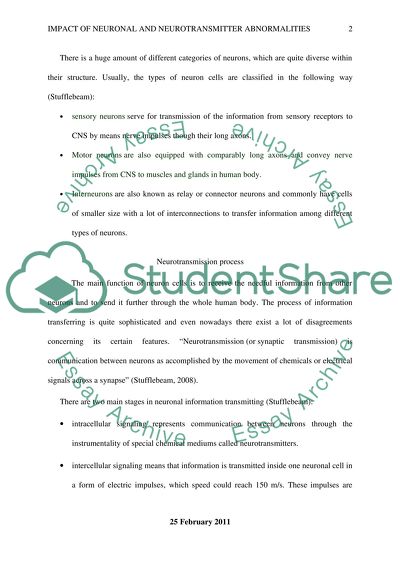Cite this document
(“Describe the impact of neuronal and neurotransmitter abnormalities on Essay”, n.d.)
Retrieved from https://studentshare.org/environmental-studies/1409061-describe-the-impact-of-neuronal-and
Retrieved from https://studentshare.org/environmental-studies/1409061-describe-the-impact-of-neuronal-and
(Describe the Impact of Neuronal and Neurotransmitter Abnormalities on Essay)
https://studentshare.org/environmental-studies/1409061-describe-the-impact-of-neuronal-and.
https://studentshare.org/environmental-studies/1409061-describe-the-impact-of-neuronal-and.
“Describe the Impact of Neuronal and Neurotransmitter Abnormalities on Essay”, n.d. https://studentshare.org/environmental-studies/1409061-describe-the-impact-of-neuronal-and.


